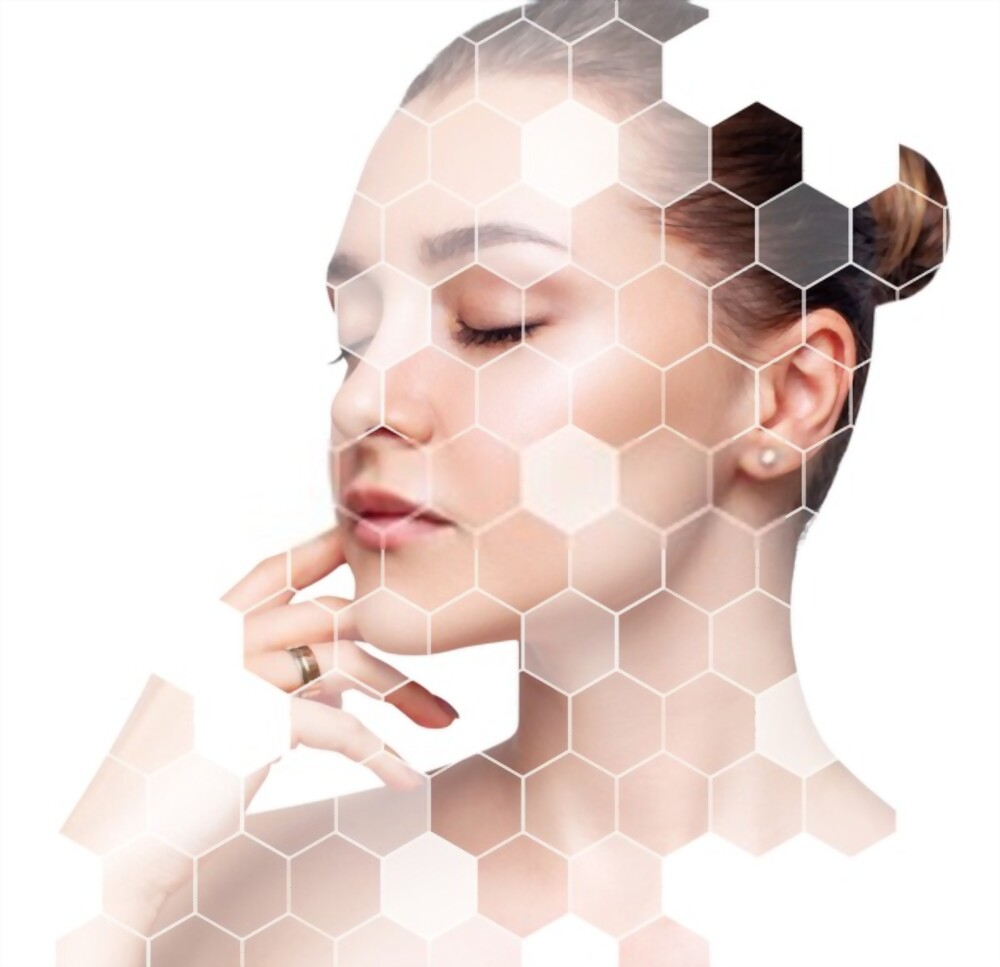
What is PRP?
PRP stands for Platelet Rich Plasma. Platelets are cell fragments that have healing and reparative properties in damaged areas, play a role in blood coagulation and secrete growth factors. PRP treatment, which was developed based on these properties of platelets , is applied as an anti-aging procedure in the face and body area and as an anti-shedding procedure in the hair. The reason why the reparative effect of platelets on injured areas turns into rejuvenation is due to the fact that aging is also a kind of tissue damage. Therefore, PRP provides cell regeneration by applying it to the area where tissue damage occurs.
In Which Regions Is PRP Effective?
In the Face Area
- Helps clear up acne
- Increases skin elasticity
- Gives the skin a lively and bright appearance
- Helps to remove scar marks
- Delays the effects of aging
In the Body Area
- Neck
- Revealing
- Hands
- Leg and arm area
On Scalp
PRP is an treatment that supports the formation of new hair by strengthening the hair follicles. It has a slowing effect on hair loss.
How is PRP Performed?
PRP can be safely applied to all individuals between the ages of 18 and 65 who do not have a health problem that will prevent the treatment.
In Which Situations Is PRP Not Recommended And Applied?
- It may not provide effective results in people over 65 years of age.
- Is not recommended as a precaution for women during pregnancy and lactation, due to the lack of sufficient positive or negative data .
- Infections in the body , PRP treatment is not recommended without treatment.
- PRP is not applied in those with blood disease, cancer patients, coagulation problems, people with low platelet levels, in the presence of advanced diabetes, kidney failure and autoimmune diseases.
What Should be Considered Before PRP Treatment?
Before PRP, the use of aspirin and similar blood thinners, painkillers, and some vitamin supplements should be suspended for a period of time recommended by the doctor.
What is the PRP Treatment Process?
- PRP is a treatment performed using people’s own blood cells. The first stage of the treatment is the bloodletting process. The amount of blood taken varies according to the treatment area.
- The second stage is the centrifugation stage. The centrifuge works at high speed with circular movements and separates the blood components. The platelet is concentrated by centrifugation , which takes about 20 minutes .
- The obtained platelet -enriched cells are injected into the areas to be healed with the help of fine-tipped special needles.
During PRP, local anesthetic cream can be applied to the procedure area, and the procedure can be overcome without any problems. The process can take between 30 and 45 minutes.
What Is The Recovery Process After PRP?
- After the PRP treatment, people can continue their daily lives from where they left off.
- Redness or swelling, which is expected to go away in a few days, may occur in the procedure area.
- The treated area should not be in contact with water for 4 hours.
- If PRP has been applied to the face area, make-up should not be applied on the same day.
- It is recommended to wait 1 day for activities such as the sea and the pool.
- After PRP treatment, it is necessary to be protected from the harmful effects of the sun. A high factor sunscreen should be used for a few days.
Specialist Doctors
Medical Branch
Succesful Operation
Other Details About PRP
How Long Does PRP Take Effect?
PRP begins to reflect its positive effects in the first session. If it is applied to the face area, the effect of brightness and vitality on the skin can be observed immediately.
How Many Sessions of PRP Should Be Applied?
In order to see the full effects of PRP treatment , the number of sessions to be applied can vary between 3 and 6 depending on the needs of the area. There should be a time of 3-4 weeks between sessions.
Can PRP be applied together with other methods?
PRP can be combined with some treatments. laser, fractional It is aimed to increase the effectiveness of the procedure by using it together with treatments such as radiofrequency and mesotherapy.
